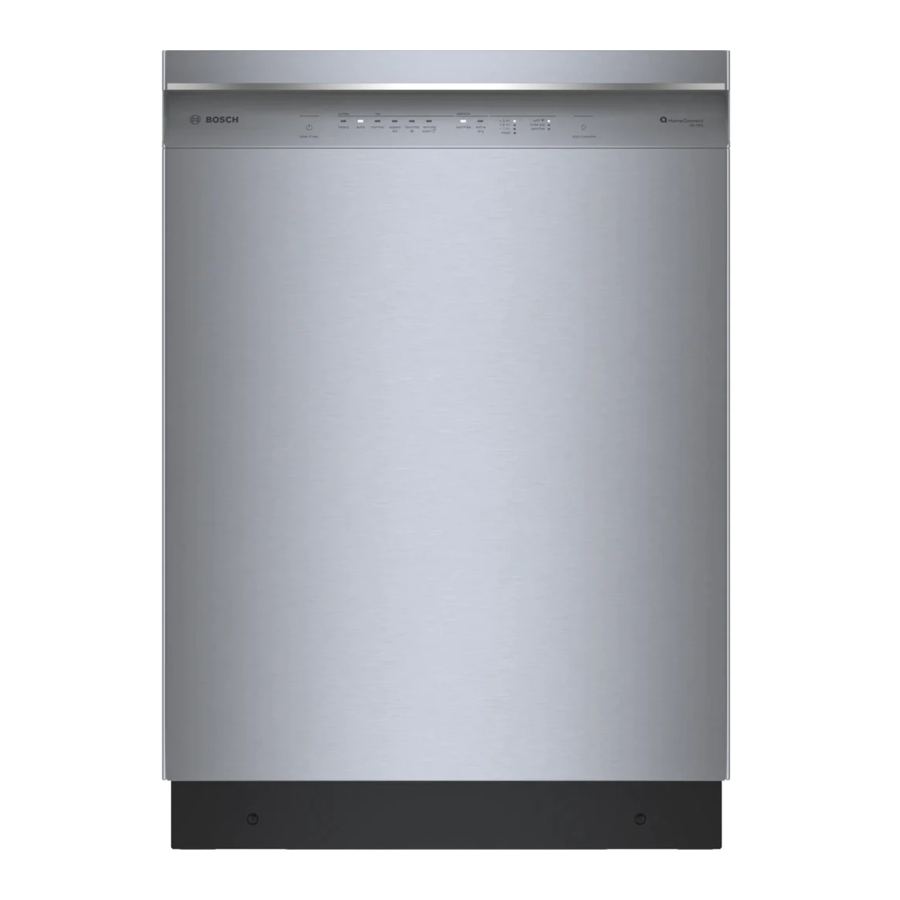en-us Preventing material damage
2 Preventing material damage
Preventing material damage
Preventing material damage
NOTICE:
Cookware with rough bottoms scratch the glass ceramic
surface.
Check the bottom of the cookware before setting it
▶
down.
Salt, sugar or grains of sand scratch the glass ceramic
surface.
Never use the cooktop as a working surface or for set-
▶
ting things down.
Overheating can damage the cookware.
Do not heat empty pots or pans.
▶
Hot cookware can cause the electronics to overheat.
Never set down hot pans and pots on the control panel
▶
or the cooktop frame.
When hard or sharp objects fall on the cooktop, they can
cause damage.
Do not let hard or pointed objects fall on the cooktop.
▶
Aluminum foil and plastic melt on hot cooking zones.
Do not let aluminum foil or plastic come into contact
▶
with hot cooking zones.
Do not use cooktop protective film.
▶
Unsuitable cleaning agents can cause shimmering metallic
discolorations on the glass ceramic surface.
Refer to the cleaning recommendations in this manual.
▶
→ "Cleaning and maintenance", Page 14
2.1 Overview of the most common types
of damage
Here you can find an overview of the most common types
of damage and suggestions how to avoid them.
Stains
Cause
Remedy
Boiled-over food
Remove boiled-over food imme-
diately with a glass scraper.
Unsuitable cleaning
Use cleaning agents that are suit-
agents
able for glass ceramic cooktops.
Scratches
Cause
Remedy
Salt, sugar and sand
Do not use the cooktop as a work
surface or storage space.
Cookware with rough
Check the cookware.
bases
Discolorations
Cause
Remedy
Unsuitable cleaning
Use cleaning agents that are suit-
agents
able for glass ceramic cooktops.
Pot abrasion (e.g.
Lift pots and pans when moving
aluminum)
them.
Blisters
Cause
Remedy
Sugar, food with a
Remove boiled-over food imme-
high sugar content
diately with a glass scraper.
8
3 Environmental protection and en-
Environmental protection and energy-saving
ergy-saving
Environmental protection and energy-saving
3.1 Disposal of packaging
The packaging materials are environmentally compatible
and can be recycled.
Sort the individual components by type and dispose of
▶
them separately.
3.2 Saving energy
If you follow these tips, your appliance consumes less en-
ergy.
Select a cookware diameter that matches the cooking
zone. Center the cookware on the cooking zone.
Tip: Cookware manufacturers usually state the top diame-
ter of the cookware. The diameter of the cookware base is
usually smaller.
a The energy is targeted at the cookware.
If you use cookware that is too small, energy is wasted.
If the cookware is too large, much energy is used to
heat up the cookware.
Close cookware with a fitting lid.
a Cooking without a lid consumes more energy.
Only lift the lid when necessary.
a If you lift the lid, a lot of energy can escape.
Use a glass lid.
a If you use a glass lid, you can look inside the cookware
without lifting the lid.
Use cookware with a solid flat bottom.
a Curved cookware bases increase energy consumption.
Use a cookware size that matches the amount of food you
want to cook.
a Cookware with little content consumes a lot of energy.
Cook with a small amount of water.
a More water requires more energy to heat it up.
Select a lower power level as soon as possible. Select a
suitable power level to continue cooking.
a For ongoing cooking a lower power level is sufficient.
4 Induction cooking
Induction cooking
Induction cooking
4.1 Advantages of induction cooking
Induction cooking is fundamentally different from tradi-
tional cooking methods, since the heat builds up directly in
the cookware. This offers numerous advantages:
¡ Saves time when boiling and frying.
¡ Saves energy.
¡ Easier to care for and clean. Spilled food does not burn
on as quickly.

